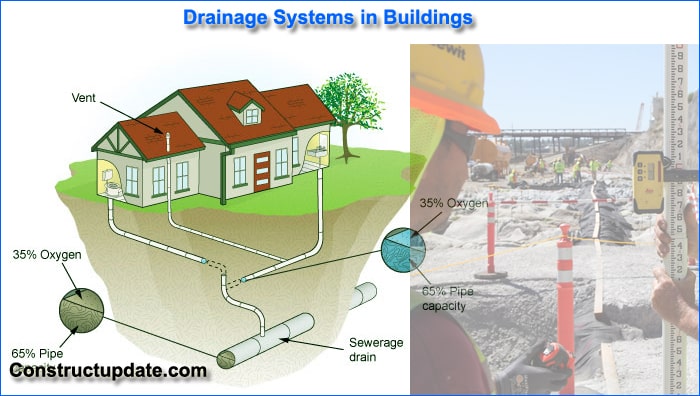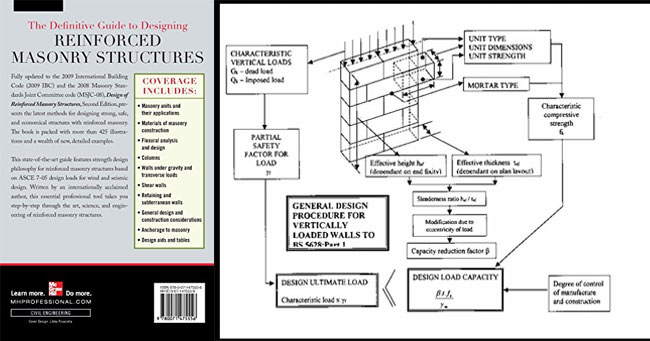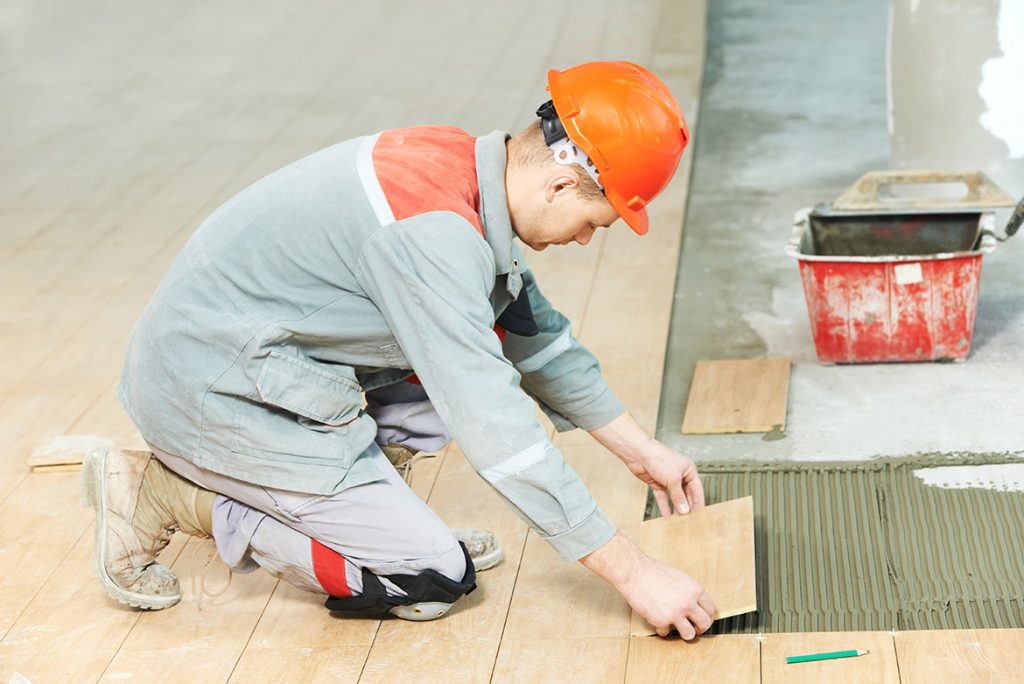What is Plumbing Systems | Drainage Systems in Buildings | Types of Plumbing Systems
The plumbing system manages the water supply for the building. It distributes water to kitchen toilet outlets via a distribution system of pipes. A drainage system that employs a properly designed network of drainage pipes is used to eliminate human waste.
Systems of Plumbing
The traps, vents, drainage pipe, building drain and sewer, rainwater gutters and leaders, etc. are the main components of the drainage system that can be referred to as its elements.
In a plumbing system, a soil pipe serves as a drainage pipe for holding or intended to hold human waste.
A pipe is referred to as a stack if it is vertical and a branch if it is horizontal. Liquid wastes, excluding human faeces, were transported through a waste pipe.
With very few exceptions, vent pipes are attached to drainage pipes near traps and between the trap and the sewer with the intention of allowing air into or removing air from the drainage pipes.
The vent pipes should be placed some distance from any other building entrance in order to lead to the outside air. Drainage and ventilation pipes are set back from all other building entrances.
In order to avoid the trap seal from being ruptured by air pressure in the drainage pipes, ventilation and drainage pipes are strategically placed near the trap. This helps to maintain the trap seal.

Types of Drainage Systems in Buildings
There are two types of drainage system:
1st. Wastewater comes from things like sinks, showers, kitchen sinks, and washing machines. Grey water is another name for this. For waste water drainage, pipes with a minimum diameter of 75 mm are typically utilised.
2nd. Toilets and urinals produce sewage or soil water. Black water is another name for this. Waste water is carried through pipes with a minimum diameter of 100 mm. Because they include solids, soil water pipelines should be laid horizontally at a steeper slope, like 1:40. These can be made of PVC or cast iron.
When draining kitchen waste, a grease trap should be installed; grease shouldn’t be let to enter the standard drainage system. A little inspection chamber is all that a grease trap actually is. The grease floats and needs to be manually removed every day. It is important to minimise the disruption of the floating grease layer while designing the inlets and outputs in this chamber.
When moving soil and wastewater outside the building, stoneware (ceramic) pipes are employed. Blockages in the line are cleared and pipes are redirected using an inspection chamber. Manholes, which are utilised in roadways, can be condensed into inspection chambers.
Provide a septic tank and a soak pit if municipal government drainage is not accessible on a small project or outside of the city. A septic tank is a rectangular, divided underground tank. Sewage that can be manually removed is always present. A septic tank will work better if it receives less water. The about 70% cleaned effluent that runs out of this is subsequently dumped into a soak pit.
A soak pit is a cylinder-shaped container with porous brick sides that is covered in gravel. Any occupied building, body of water, or water supply pipe should be far away from a soak pit. Additionally, it cannot be used in areas with high water tables since the porous walls of the pit would allow groundwater to flood it.
Types of Plumbing Systems in Buildings
The primary plumbing systems for the building’s drainage are listed below.
a. Two Pipe System
b. One Pipe System
c. Single Stack System
d. Single Stack Partilly Ventilated System
a. Two Pipe System.
In India, this is the most often used system. Where it is impossible to fix the fixtures precisely, this procedure offered the perfect solution.
The second pipe gathers the water from the kitchen, bathrooms, home washings, etc. while the first pipe collects the noxious dirt and bathroom wastes.
The waste pipes are connected to the manhole/drain through a completely ventilated gully trap, while the soil pipes are connected directly to the manhole/drain.
The bath, sink, and basin wastes are collected by the gully trap. It allows these wastes to be aerially disconnected from the drain air.
The man earth vent pipe is positioned so that no noxious or harmful gases can escape from it by rising over the height of the eaves.
To stop birds from building nests, the top of the vent pipe should have a vent cowl made of cast iron or another material that resists corrosion.
At the bottom, a cast-iron duck foot bend is preferred.
b. One Pipe System.
This system uses a single main pipe to collect garbage from the building as well as waste from the filthy soil. The manhole/drain is directly connected to the main pipe.
There is no longer any need for gully traps or waste pipes. All of the traps in toilets, sinks, and other fixtures are connected to ventilation pipes and are completely ventilated.
c. Single Stack System.
This is comparable to a single pipe system but does not have ventilation.
The single-stack system is a one-pipe system from which all or most of the trap ventilating pipes are eliminated, provided that certain conditions are followed.
d. Single Stack Partilly Ventilated System.
This system combines a single stack system with a single pipe system. It offered a single pipe to collect all wastewater, both bad and not so bad.
For ventilation of the water closet traps exclusively, a relief vent pipe is included.
How to Choose of Plumbing System?
A two-pipe plumbing system is thought to be the safest for the removal of sanitary wastes from a building when compared to other plumbing systems, but it is also the most expensive.
When using a single pipe system or a single pipe system that is partially vented, the administrative authority may specifically grant this permission in advance.
With the necessity of four primary stacks—one for soil, one for trash, and two more for ventilation—conventional (two pipes) fully ventilated drainage systems for multi-story buildings have frequently drawn criticism.
There have been initiatives to make the system better. achieving the economy without sacrificing effectiveness.





